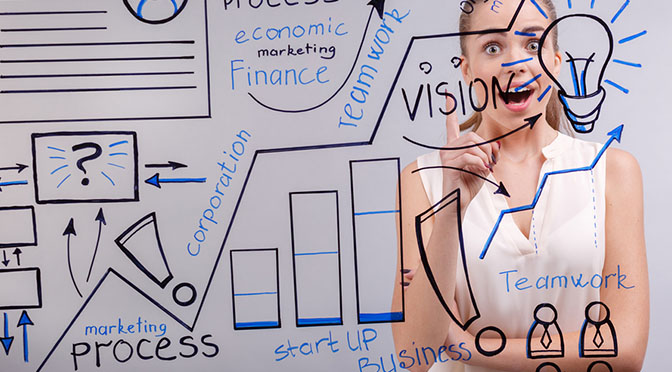Written by Sean McPheat | 

There are many occasions where we have presented a solution and it’s not created any connection with the prospect. How, then, can we build a great presentation and really connect with the prospect?
You might not have the time or the funds to attend our Sales Presentation Training so let’s take a look at some top tips.
First, lets see what we shouldn’t do in our presentation: A product demonstration should NEVER be a tour of features and functions. Why not? Because people don’t buy your products. They buy what those products will do for them. They purchase the results they will get from using them.
So, we should not be emphasising the features and benefits. Instead, a perfect product demonstration always tells a story, using the product as the visual hook that makes the story real.
The story that you tell is the prospect’s story, with the prospect as the hero who must overcome an obstacle in order to achieve a goal. In your demonstration, the product is the “magic sword” that helps the prospect, the key element that makes the prospect’s success possible.
The perfect product demonstration also frames that story in a way that makes sense, not just to the prospect’s business, but to the individual goals and desires of the person or person viewing the demonstration.
For example, suppose you’re demonstrating a new software solution to a manufacturing company. Their concerns include lost productivity and overall costs. The resulting demonstration would sound something like this:
“Imagine that your production manger calls and tells you a software malfunction has delayed production of a key component for a major part you produce. It will cost over £5000 per hour of lost productivity. All you need to do with this software is confirm this change online like this….and the whole system reconfigures itself to the correct levels and you’re back on track less that five minutes later. That means you reduce your downtime and save literally thousands of pounds’.
You see how you have demonstrated the value according to the specific needs and desires of the audience. They’re not particularly interested in the way the software carries out the work you have said it would accomplish; they are more interested in the results it will achieve.
Suppose, by contrast, you’re demonstrating that exact same software to a procurement manager. Her concerns include cost overruns, cost saving and auditing accountability. The resulting demonstration would sound something like this:
‘Imagine that your productivity is enhanced by software systems that read quality defects and maintain high-quality components without having to stop the line. It can do it within fractions of seconds, so your line doesn’t even need to stop. This can save you all that time and hassle you experienced last year, and increase productivity by over 12% from last year’s figures. That equals over £60,000 increased productivity. Your savings increase year over year, and allow you to audit more efficiently because of the leas downtime.’
This speaks the language that the prospect talks and allows them and you to reach an agreement based on real figures that mean real returns for real situations. It makes it compelling to listen to and makes them own the solution before they have spend a single penny.
What does this mean? Yes, a perfect demonstration is all about how the prospect’s story will change once they have become a customer.
Remember that to make the story compelling, it has to address issues that the individual has already noted are specific for their business.
If you’re talking to a restaurant owner, the story would consider that returns on their investment of the new paraphernalia and utensils you are selling. If your talking to the head chef, they are more interested in how their cooking time can be made more efficient and how the quality can be enhanced.
By making the compelling story personal to the audience you’re talking to, you paint a picture of what the future may look like to that person or persons and allow them to savour the real results they can obtain by using your services.
It will make it more interesting to you and more captivating and gripping to your prospect!
If you’re looking for some Sales Training for you or your sales team we can help.
Or take a look at our full portfolio of Sales Training Courses.
Happy Selling!
Sean

Sean McPheat
Managing Director
MTD Sales Training
Updated on: 25 June, 2019
Related Articles

Search For More
